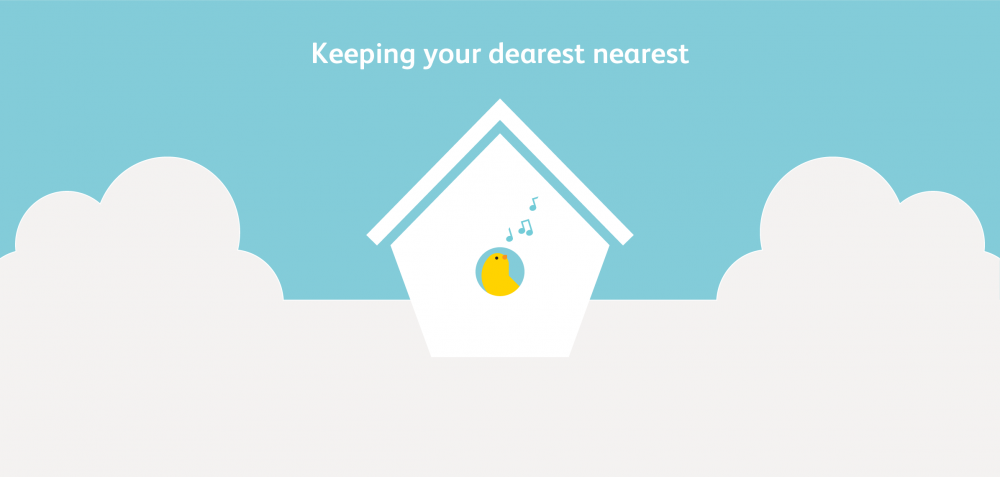 HomeTouch adds data monitoring technology to suite of home care services
HomeTouch adds data monitoring technology to suite of home care services
Partnering with Canary Care, The UK’s leading online home care service offers door monitoring alert services to provide data and security to elderly
HomeTouch, the UK market leader in online home care, today announces the availability of advanced home monitoring services for elderly clients across the UK.
Canary Care is the category leader in advanced home monitoring technology for elderly residents. Its easy to install system monitors movement, door activity and temperature levels through a series of sensors within the home – rather than cameras or microphones – to ensure both the safety and privacy of elderly residents. This partnership will enable HomeTouch to provide a new level of security for elderly people who are living at home.
Canary will also support HomeTouch carers with data from the sensors that can be used to identify potential hazards and changes to health conditions. For example, an elderly person with dementia leaving their house in the middle of the night will signal an alert on their mobile phone , so that family or carers can react in a timely manner.
Dr Jamie Wilson, CEO and Founder of HomeTouch said: “Our client services team have a duty of care to our clients whose families increasingly rely on us to advise on the appropriate levels of care to preserve their loved one’s dignity, comfort and safety at home. Canary’s product is easy to use, affordable and unintrusive, providing critical information about the physical and emotional state of an elderly person. As the ageing population increasingly prefers to remain in their own homes, our goal is to bring the care sector up to date, using technology to positively impact the lives of the elderly and their carers.”
The home monitoring data is transmitted to a granular dashboard available to HomeTouch’s care advisers who are now trained to interpret early warning signals and behavioural patterns that may indicate an elderly client requires a change in care intensity or frequency.
Stuart Sheehy, CEO Canary Care, said: “We are thrilled to work with HomeTouch as we are aligned in a shared mission to apply technology to facilitate keeping elderly and vulnerable people safely in their homes. This partnership will provide the perfect combination of human support with technology reinforcement to truly support the growing ageing population to remain independent at home.”
The Canary Care monitoring system is available to purchase from http://www.myhometouch.com/canarycare.
About HomeTouch
HomeTouch is the most advanced online service to quickly and easily find in-home carers for elderly people across the UK. It uses technology to match customers with local and live-in carers who have the experience, skills and qualifications to suit specific needs to offer quality assurance and peace of mind for customers. HomeTouch carers have detailed profiles with reviews and video testimonials that highlight specialised skills and characteristics. Bypassing the agency model, carers using HomeTouch are paid 75% above average wages.
About Canary Care
Canary Care aims to support families and carers with real time information about how their loved one is doing, so benefiting carers, not reducing human contact. The critical difference with Canary’s technology is that the information and alerts enable preventative care to be provided, so preventing a minor health issue becoming a major crisis. Canary is an award winning home monitoring technology provider. It recently won an award from Global Insurer Swiss Re and has a distribution partnership with BT. Canary is also part of the NHS Test Bed programme where the technology is being used to support carers in North East London.

![DSC_8261-Edit[1] DSC_8261-Edit[1]](https://canarydotcom.files.wordpress.com/2017/05/dsc_8261-edit1.jpg?w=117&resize=117%2C78&h=78#038;h=78)







